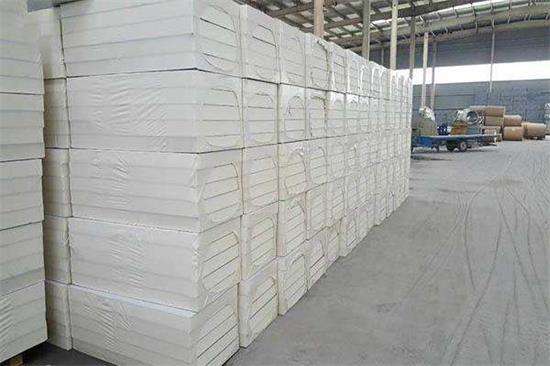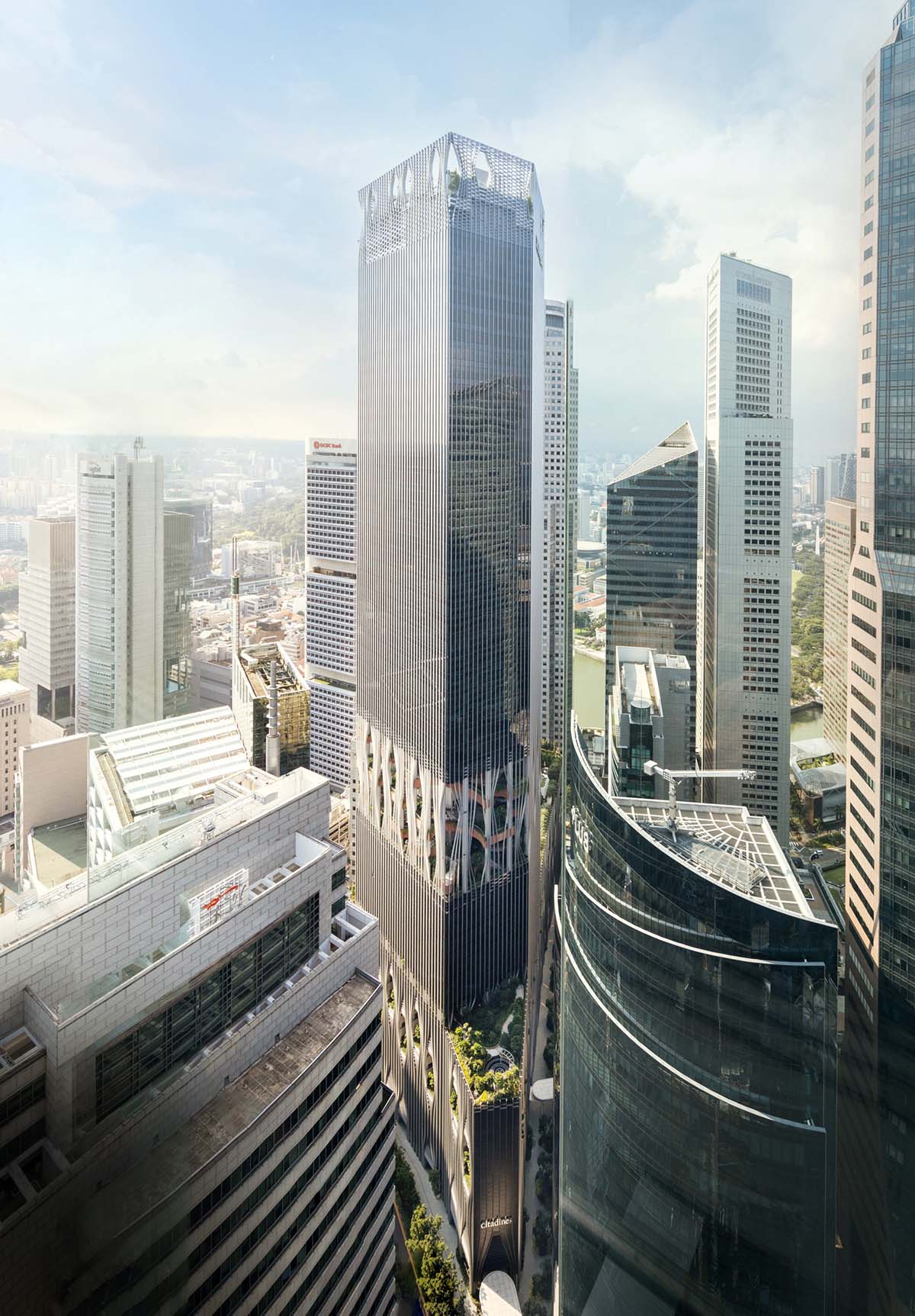Insulated Structural Panels (SIPs)
Insulated Structural Panels (SIPs), they are high performance insulated panels used to construct walls,
ceilings and floors for residential and light commercial properties.
It is also a kind of composite insulating panel system that forms an insulating core.
Each panel contains multiple layers that combine to efficiently resist heat transfer,
and SIPs provide durability, strength, and maximum energy efficiency compared to traditional insulation methods..

Features of Insulated Structural Panels (SIPs)
SIPs take the form of an insulating core or layer sandwiched between two structural interfaces,
and sometimes this insulation core can be closed-cell polyurethane foam or expanded polystyrene (EPS).
Oriented Strand Boards (OSB) are the most commonly used structural facades,
as they comply with BS EN 300 for structural integrity.
Other than OSB, cement, metals, engineered woods, magnesium oxide boards and cement are also used as structural materials.
SIPs may be manufactured in various dimensions and thicknesses, ranging from 4 to 8 inches,
manufactured in a factory and can be installed quickly once delivered on site.
Depending on the project specifications, SIPs can be customized and manufactured.
It is also manufactured for walls, SIP with a maximum length of up to 7.5 meters, and for floors it can reach 4 meters.

Types of Structural Insulated Panels (SIPs)
Based on the insulating materials used in the manufacture, there are three basic types of SIPs:
- Expanded polystyrene insulation boards
- Polyurethane insulation panels
- Compressed straw core insulated panels
Expanded Polystyrene SIPs
Expanded Polystyrene (EPS) is a foam insulation board widely used in the manufacture of SIPs.
It is also a type of closed cell insulation made by expanding a small bead of a polystyrene polymer using steam.
During the process, these granules are turned into large insulation blocks of varying density which are subsequently cut to the required shapes and sizes.
These SIPs offer an R value of R-4 to R-5 per inch of thickness, and this value can be as high as 13.8. EPS panels are available on the market in widths ranging from 4 to 24 feet.
polyurethane insulated panels
Polyurethane or polyisocyanurate insulated panels provide a nominal R value of approximately R-6 to R-7 per inch of thickness.
These insulated panels are manufactured with a thickness of 3.5 inches for walls and 7.5 inches for ceilings,
polyurethane panels are more expensive compared to EPS but offer higher water and fire resistance and a higher R value.

Compressed straw core insulated panels
Compressed straw core insulated panels are a “green building material” that is manufactured using renewable and recyclable agricultural straw, unlike other panel materials.
They provide a small range of R-value compared to other types of SIPs,
although they are environmentally friendly.
Structured Insulated Panels (SIPs) Applications
SIPs are used for commercial buildings that can have higher temperature levels due to the presence of machinery and equipment,
and these panels provide effective indoor temperature control during these conditions.
SIPs provide the temperature needed to store medicines and medical materials, especially in pharmacies.
These plates are also used for refrigerated trucks to transport medicines and heat-sensitive medical items.
SIPs for cooling purposes are widely used to coat indoor refrigerators and freezers to maintain the desired temperature.
Hospitals, schools, restaurants, camps, etc. also use these facilities.
SIPs are used in warehouses to maintain cool indoor temperatures,
and are suitable for warehouses that store food, electronic products and other temperature sensitive items.

Benefits of Structural Insulated Panels (SIPs)
The main benefits of building with SIPs are:
- Providing healthy quality air
- High energy efficiency
- High flexibility in design
- Provides high strength and thermal performance
- Fast manufacture and installation
- Use less energy
- Waste Reduction
For more architectural news







